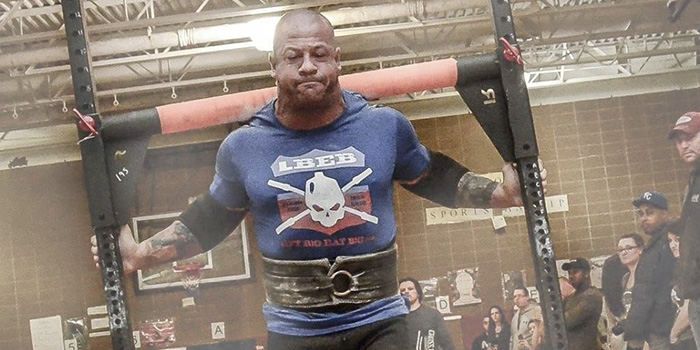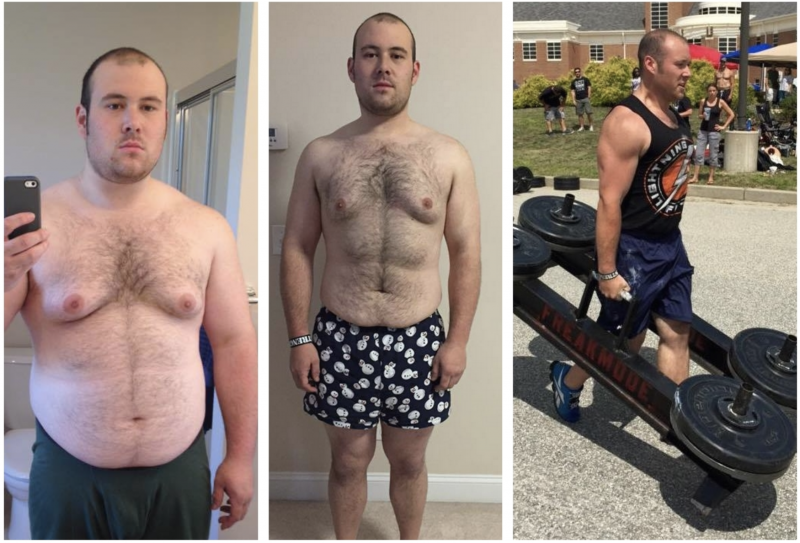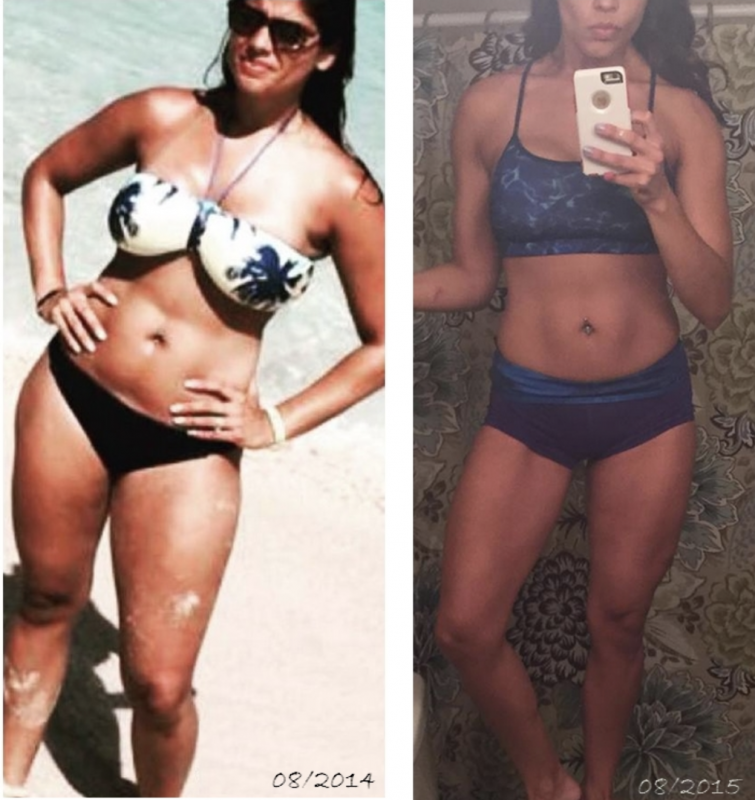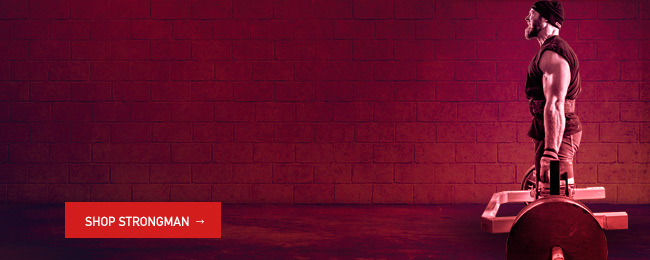
I’ve been training people now for almost 20 years. Looking back, I’m a much different trainer than I was when I started. This is an industry where you need to be constantly learning, reading, going to seminars, and if you are an avid reader here at elitefts, then you are on the right track.
My first job as a trainer was at the local commercial gym. I was excited to start helping people, as it was something I had already been doing for free with my friends for a few years. I read all the muscle magazines and followed all the workouts to a T. My friends started asking me for help in the gym as they started noticing the progress I was making.
RECENT: Training for Strongman in a Commercial Gym
At the time, I had no idea of how to progress someone new to lifting, so my friends would simply train with me and do the crazy high volume bodybuilding workouts that I followed. Now, if someone is a new lifter, it’s probably a bad idea to have them do a leg workout with over 20 sets of different exercises targeting every part of the lower body.
Many who trained with me didn’t last long; I just thought they weren’t tough enough to keep up. Unfortunately, it took me a while to change this mentality, and I am very grateful for what I learned while working with many different clients at a commercial gym.
Making people so sore that they could barely walk the next day was one of my biggest mistakes as a young trainer. I used to think it was some kind of badge of honor because when I got into lifting because I thought being sore meant you were making progress.
When I would have a new client start with me, I did very little of an assessment and put them right into the ringer. If they quit on me, I thought they were just mentally weak and didn’t have what it takes.
This was an extremely stupid way of thinking and training people. Looking back, I could have helped many more people if I had just eased them into things and not made them do walking lunges until they couldn’t walk. This is why I say I was fortunate to have gained this experience being a trainer at a commercial gym before I opened my own business.

When I opened Lightning Fitness in 2006, I was only 24 years old and still had a lot to learn about how to train people. My time at the commercial gym taught me how to work with a variety of clients — young and old; inexperienced and too experienced — and how to progress each one, safely getting them the results they wanted.
Another big mistake of mine was that I over coached people. I wanted everyone’s form to be absolutely perfect. Now if I’m working with a powerlifter or strongman competitor that’s intermediate, then we will definitely take a lot of time to perfect their form on specific movements.
Where I made the mistake was doing this with your average (for lack of a better term) person who either had no experience lifting, or very little. Taking the bench press, for example, all I want the client to do is focus on pulling their scapula together and down to make sure they don’t put any unneeded stress on the shoulders. Other than that, I just want them to touch the bar to their chest and press it back up. I don’t get into arching, leg drive, or even bar path just yet.
When you have someone new, you want to make sure they are not putting themselves at risk for injury, and you want to give them a great workout so they feel good about themselves. What I did and see many other trainers do is give way too many cues, which just confuses and frustrates the clients.
Very important here: If you do your own sales like I do running a business, you are most likely losing a potential client. A new client is already going to be intimidated and uncomfortable when starting with a trainer. If you make them feel bad about themselves because they can’t execute an exercise with perfect form their first time doing it, that’s money out of your pocket and one less person you can help.
RELATED: Start Here: Your 3 Core Offerings
One thing I was lucky enough to learn at a seminar with Alwyn Cosgrove is that you should sell your client what they want and give them what they need. For example, I had a new prospective client I was meeting with that was fairly overweight and in his late 40s. The main priority of his goals should have been to drop body fat. However, he really wanted bigger arms. Can’t blame the guy — who doesn’t want bigger arms?
Now, if I would have tried to sell him on what he needed for his health, he may have walked out the door and gone to another business. So what I told him was we can absolutely get you bigger arms and explained how we are going to do that in the program, and I also said we’ll get you leaner, too, so your arms will be more defined to show off. He was excited to get bigger arms like he wanted, and at the same time, I got him to drop the weight he really needed, so it was a win for both of us.

Another example I’ve had is when a woman came by my gym to talk about what she was looking for. Her goal was to get “a J-Lo booty,” which is something I’ve heard many times over my training career. Now, to be honest, the only way you are going to look like J-Lo is if you have her exact genetics and have lived her life as she has. Again, I’m not going to go into detail on that because I know I can help change her body composition and get more developed glutes in the process. Again: Sell them what they want and give them what they need.
When explaining movements or anything to a client you need to follow the KISS Method: Keep It Simple, Stupid. When I graduated with my master’s degree in kinesiology, I wanted to use all the fancy language to impress my clientele with how smart I was. Unfortunately, all that did was confuse people and make them feel stupid for not having a clue what I was talking about.
You need to explain things in very simple terms so anyone can understand what you are talking about. It’s great you know your anatomy and can point out each origin and insertion of every muscle, but your client doesn’t care. Your end goal is to get your client results and to make them feel better about themselves.
Of course, if you have someone who is generally interested in more details, then, by all means, you can go into every little detail. An example of this would be using the word “hypertrophy,” which the average client doesn’t know what that means. If you have a new prospective client come in, and they continue to use the words “building muscle,” then you should reply and use the words “building muscle.” It’s a simple sales technique to make them feel more comfortable about discussing what they are looking for.
For any trainers out there, let me know what mistakes you have made and what you have learned. Drop a comment below!










